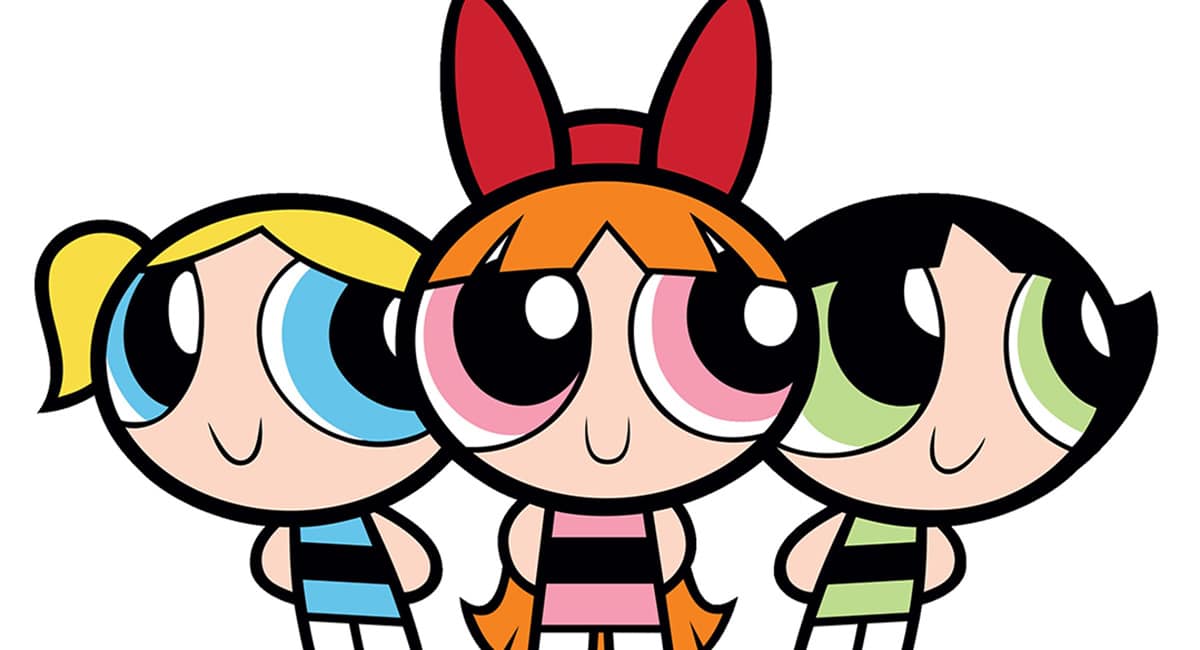Maybe you are sick of this, but the Minx announcement seems to have capped off a year in which comics’ gender issues took center stage in very unexpected ways. One of the interesting side effects of the Minx debate has been various examinations of the history of shoujo comics in Japan. David Welsh has some comments in his Flipped column:
Neither Frederik L. Schodt (Manga! Manga! The World of Japanese Comics) nor Paul Gravett (Manga: 60 Years of Japanese Comics) make the argument that manga for girls didn’t exist until women started creating it, but both persuasively suggest that it didn’t become the phenomenon that it is until women broke in to the industry. There were much-loved girls comics created by men (most notably Osamu Tezuka’s Princess Knight, a gender-bending adventure with a sword-wielding heroine), but next to no women were employed in the category until the late 1960s, and many men viewed shôjo as a stepping stone to work in shônen.
But, as Schodt notes, Tezuka’s work in establishing sprawling, long-form manga sagas had helped drive increasing demand and a need for new creators to help meet it. And a new generation of women had been waiting to bring their perspective to the art form, including such legendary figures as Moto Hagio (one of the pioneers of shônen-ai, whose Otherworld Barbara series recently completed its run in Japan), Ryoko Ikeda (will someone please publish an English translation of The Rose of Versailles?), and Keiko Takemiya (whose To Terra was originally published in a shônen magazine and has been picked up for publication in 2007 by Vertical).
YES to the call for an English version of ROSE OF VERSAILLES. Meanwhile the estimable Kalinara has her own take on Minx in general:
But I honestly think the idea that a comic geared toward women HAS to be created by a woman is just a little stupid. I mean, sure, in general a woman has an advantage over a man in terms of market analysis. But not all women are the same any more than all men are the same. And quality work is quality work regardless of the gender of the creator.
I may be coming from a different perspective here. I’m a superhero comic reader. I’m not the target audience of Minx. But when I read the complaints, all I could think of was that if asked to recommend a superhero series to someone with an eye for strong female characters and well-crafted adventure stories, my first recommendation would be Marc Andreyko’s Manhunter.
Followed by Dan Slott’s She-Hulk and Gail Simone’s Birds of Prey. Allan Heinberg’s Wonder Woman would be close after, if it weren’t the comic book equivalent of a Bigfoot sighting.




And I think all the discussion is a good thing! At one end, you’ve got a greater analysis of the moves within the comic industry–always good, and better us than a Warners exec–and at the other you’ve got all of usreally examining our own beliefs and philosophies.
Although, boo! on Kalinara for the distorted straw person argument. I haven’t read one post or comment that ANYONE wrote that said “all comics aimed at women have to made exclusively by women.” A lot of people, including me, just wish there were more women involved, not that the creators have to be exclusively female. I’m still surprised nobody has brought up Jaimie Hernandez, who won an award for his fantastic, all-little kid based story.
“I may be coming from a different perspective here. I’m a superhero comic reader. I’m not the target audience of Minx. But when I read the complaints, all I could think of was that if asked to recommend a superhero series to someone with an eye for strong female characters and well-crafted adventure stories, my first recommendation would be Marc Andreyko’s Manhunter.”
One might argue that the whole point of Minx is to stray away from American style superhero-type books and experiment around to try to find what kind of comics Western women will read. Having “strong female characters with well-crafted adventure stories” alone isn’t enough to appeal to a broad female audience. Entertainment is a selfish pasttime, so I’d imagine books like Revolutionary Girl Utena which devote every facet of themselves to talking to their female audience would naturally be more successful than a book like Manhunter which mainly just features reversed gender roles and plays up homosexuality and race way more than necessary. As a female superhero fan, I, too, actually prefer Manhunter to Birds of Prey as far as characterization is concerned, but I also watched Teenage Mutant Ninja Turtles as a kid.
Even though I’m a female reader, I’m not Minx’s target audience, so I’m not going to say that the Minx books should be written like the DCU books I mainly read since the DCU has been proven to be poor at bringing in female readership. Manga written by female mangaka have proven far more successful in the American women readers market than books written by men, so I don’t see why more women writers aren’t being brought on board to experiment with producing such a phenomena of our own. Just my $.02.